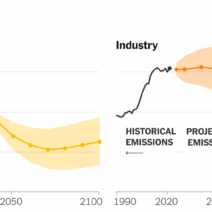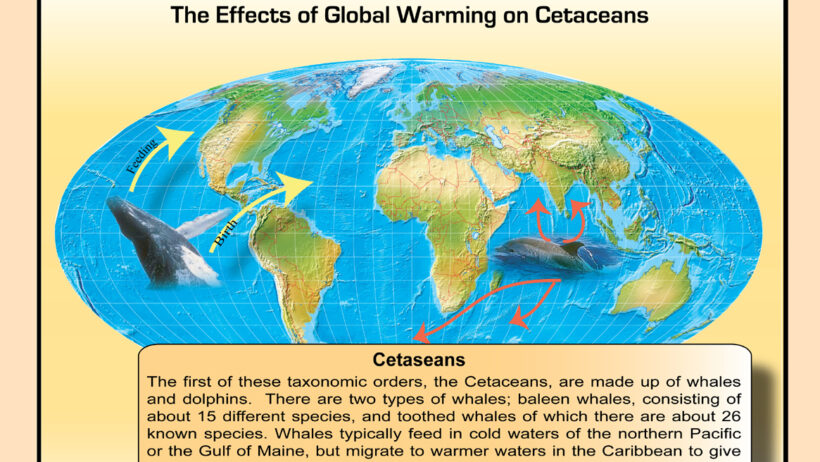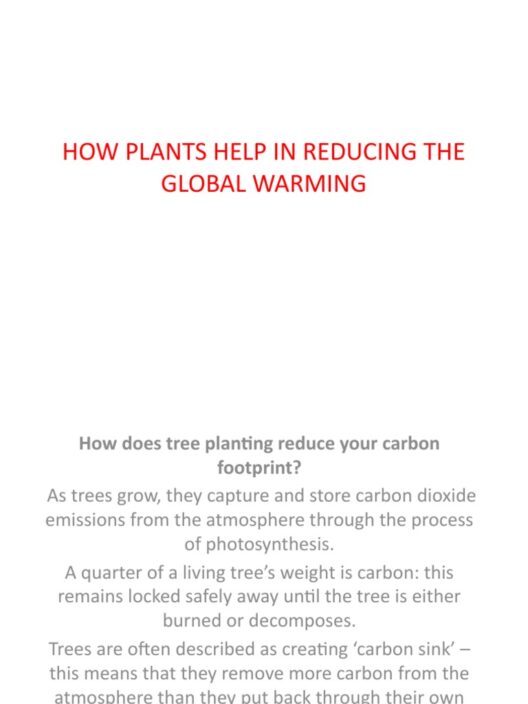The cosmos is a vast and enigmatic tapestry, woven with a myriad of celestial bodies, each with its own distinct characteristics. When we ponder the phenomenon of global warming, our thoughts often drift towards Earth—our fragile blue planet. However, a compelling inquiry beckons: does global warming exist on other planets? This exploration into cosmic climates reveals some fascinating and sometimes disconcerting parallels between our home and the wider universe.
At the heart of this cosmic climate discussion lies Venus, often dubbed Earth’s twin, although it bears little resemblance to our planet’s hospitable environment. Enveloped in a thick, hostile atmosphere predominantly composed of carbon dioxide, Venus experiences an unrelenting greenhouse effect. The surface of this hellish world reaches temperatures of around 900 degrees Fahrenheit (475 degrees Celsius), a scalding juxtaposition to Earth’s temperate conditions. This intense heat metamorphoses Venus into a pressure cooker, where crushing atmospheric conditions conspire to create a landscape where life as we know it could never flourish.
In stark contrast, Mars presents a different tale—one of a planet that harbors echoes of past climatic fluctuations. Mars, the crimson orb, is often romanticized in human imagination, depicted as a potential cradle for future inhabitants. However, its thin atmosphere, primarily composed of carbon dioxide, results in frigid temperatures and a surface peppered with signs of ancient water flows. Astronomers have observed signs of possible climatic changes. The presence of polar ice caps that fluctuate seasonally suggests that Mars might have been warmer and wetter in epochs long past, raising questions about its evolving climate history. Did Mars experience a form of global warming, only to succumb to a prolonged, frigid state as it lost much of its atmosphere? This celestial riddle continues to unfold with each exploration mission.
Jupiter’s enigmatic moon, Europa, adds another layer to our examination of extraterrestrial climates. While Europa is enveloped in a thick layer of ice, beneath its frozen surface lies a potentially vast ocean, warmed by geothermal activity. This phenomenon could mimic the fundamental aspects of climate change, where heat sources interact with icy fronts. Could this hidden warmth support life, establishing a unique ecosystem in a cosmic environment that otherwise appears inhospitable? The implications of a dynamic climate, albeit drastically different from Earth’s, suggest that global warming, or shifts in temperature and climate characteristics, could exist in various forms throughout the cosmos.
Another intriguing contender is Saturn’s moon, Titan. Titan’s atmospheric conditions present an otherworldly climate, reminiscent of early Earth. With liquid methane lakes and a dense atmosphere rich in nitrogen, Titan embodies a tantalizing complexity that invites speculation about alien life. The cyclical nature of methane precipitation and evaporation showcases an extraterrestrial dynamic that mirrors Earth’s weather systems. In this alien environment, the implications of warming could have outcomes that are incomprehensible to our terrestrial minds. The interstellar pitter-patter of methane rain falls on an icy landscape, a poetic representation of a climate system that may be operating under principles fundamentally different from those found on our planet.
Yet, as we traverse this cosmic climate discourse, we must not ignore the potential consequences of human actions on our home planet. The comparison between Earth and other planets offers a sobering reminder of the delicate balance that sustains our climate. Unlike gaseous worlds like Saturn or roaring infernos like Venus, Earth is also experiencing its shifts, albeit due to anthropogenic influences. The persistent rise of greenhouse gases, deforestation, and fossil fuel consumption form the cauldron of global warming, creating a heated dialogue about the sustainability of our future.
Examining climate phenomena on other planets invites a nuanced understanding of our own environmental challenges. It compels us to consider how planetary systems operate under their own unique set of rules and influences, and yet it mirrors a familiar sense of urgency—the consequences of neglect, whether on Venus or Earth, catalyze dire outcomes. The specter of climate change haunts all celestial bodies, each carrying its narrative of consequence and resilience.
Ironically, as we ponder climate variations across worlds, it gives rise to a cosmic kinship. The universe beckons us to appreciate the myriad landscapes and climates while instilling a sense of responsibility to safeguard our climate here on Earth. For just as the warming trends on Venus and Mars illustrate the drastic consequences of atmospheric shifts, they also serve as cautionary tales for humankind. The interplay of celestial and terrestrial environments teaches us about fragility and interconnectedness; it underscores the vital necessity for collaboration in the face of a changing climate.
As humanity stretches its arms toward the stars and beckons to inhabit other worlds, it carries with it the critical lessons learned from our own planetary odyssey. Each planet, with its unique climatic tapestry, illuminates the profound and unyielding truth: climates, whether terrestrial or extraterrestrial, require respect, understanding, and proactive stewardship. The prospect of eventual human colonization of other planets should incorporate not only advancements in technology and adaptability but a reverence for the delicate equilibrium that governs atmospheres across the cosmos.
In conclusion, the exploration of global warming and climatic phenomena within the broader universe serves as an urgent clarion call to rethink our relationship with our home planet. It invites us to appreciate the delicate balance that sustains life, to recognize the cosmic implications of climate change, and to foster a proactive approach to environmental stewardship. As we gaze into the infinity of stars and planets, let us not forget to cherish our own blue jewel and act with intention, ensuring that the tapestry of life continues to thrive for generations to come.








